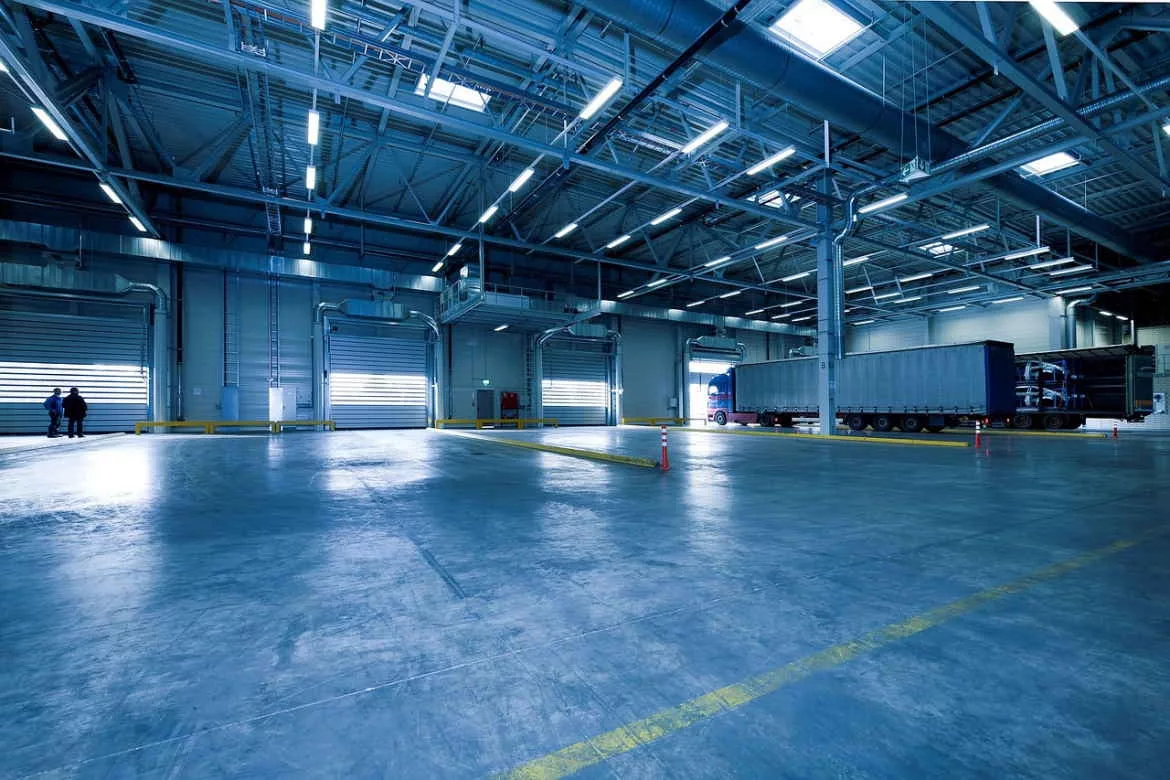Roofing Leaders Address Supply Chain Crisis During NRCA Town Hall

The current supply shortage squeezing the roofing industry is the culmination of several factors, and not likely to end anytime soon. That’s according to a leading group of industry manufacturers gathered on a nationwide call Sept. 22 organized by the National Roofing Contractors Association (NRCA).
More than 2,700 roofing contractors and other industry stakeholders attended the hour-long telephone town hall, where representatives from six leading manufacturers broke down the supply-chain challenges their companies each faced before taking questions.
While some of the details varied between how the shortages developed within each leading product category, the message from the executives was similar: Manufacturing took a sustained hit at the onset of the COVID-19 pandemic that could not correct itself due to a series of events with a cascading negative impact on supply lines.
The volatility in pricing and sharp pain of lost or delayed projects due to unmet deliveries is particularly harming the commercial roofing sector.
For TPO and EPDM production, Nick Shears, president of Carlisle Construction Materials, said demand for both products remains high in roofing and other industries. Polypropylene, a key component for both roof systems, is also in high demand from other industries, such as packaging and automotive. EPDM in particular faced a global reduction in capacity of about 18% and is idled or permanently out of the marketplace since the start of 2020.
There are no anticipated supply changes, so many are anticipating a difficult year ahead.
“Demand throughout our industry seems very high, and I think the industry is actually working at a reasonable pace relative to last year or even 2019,” Shears said. “But the real issue is that demand is high and we started this COVID-19 recovery with virtually no inventory from the main chemical suppliers. It’s a situation of playing catch-up.”
That catch-up hasn’t been possible due to unforeseen challenges impacting supply. With the Gulf of Mexico being one of the leading regions for chemical development on the planet, the crippling ice storms earlier this year and a record-strength Hurricane Ida turned production cycles upside down.
Sourcing raw materials remained difficult for those in the metal marketplace as well.
Josh Kelly, senior vice president of OMG Roofing Products, explained that his company’s supply woes started much earlier with the 2018 steel tariffs. That impacted the supply of steel from China, and forced OMG and others to source steel on this continent. That drained local supply lines before the pandemic hit and virtually shut production down.
“Demand came back, but steel production was reduced,” he said. “Then transportation issues started to have an effect because we couldn’t move the steel we were able to find.”
He said it’s difficult to forecast what the next six months will look like, but believes the steel issue would not be resolved. No one shared any optimism of the trucking/shipping crisis resolving quickly either.
While the supply-chain issue is a global problem, Brian Whelan, executive vice president of SIKA North America, said there’s no doubt that the United States has had the most challenges on the planet. He said roofing, in particular, was taking a bigger hit because roof systems require several components to work correctly, and problems with just one can stress the system. He said they’re working to find raw materials anywhere, and that they’re ready to make roofing products.
“We’re all over the place trying to find products that can keep our lines moving,” he said.
Questions from the audience ranged from timelines on specific products to messaging that contractors can share with clients to help explain project delays. Sutter Roofing President Doug Sutter asked about standardizing material sizes in order to get more of it out in the marketplace.
Sutter said his commercial roofing company anticipated the supply issues and ordered ISO early enough to keep critical jobs on schedule, but no suppliers kept to 12 to 16-week delivery timeframes.
While he couldn’t speak to Sutter’s situation specifically, Shears said he and other manufacturers share his frustration with unreliable projections and delivery schedules. He said they want to produce more material, and in some case are producing at record levels; however, sourcing raw materials is a lingering problem.
“When we don’t know when getting raw materials in, it’s just extremely frustrating for us to run our facilities effectively and provide the level of transparency that we’ve historically been able to do,” he said.
With so many variables in play, including a resurgence in COVID-19 cases, no one predicted a quick end to the current crisis, and some believe these conditions may be the norm through 2022.
“There may be some things that improve, but there’s a lot we don’t know,” said Joe Smith, president of Johns Manville Roofing Systems. “In our minds, this may last through 2022, and that’s a guess. We’re learning how to manage in a much more unfortunate situation than we’re used to.”
Also on the call were NRCA Chairman Rod Petrick; John Altmeyer, executive chairman of GAF Commercial Roofing; and Jamie Gentoso, president of Firestone Building Products; and Trent Cotney, CEO of Cotney Attorneys & Consultants.
When it came to the future, Whelan said that each company will have to review how they operate in order to not return to a similar situation when the next global crisis occurs. He also asked for unity among industry stakeholders.
“Hopefully, this is the start of additional conversations on the subject,” Whelan said. “There’s a lot more that needs to take place. We’re all in this together … suppliers and contractors … so we need to figure out better ways to navigate what’s really been a nightmare of a supply situation.”
Looking for a reprint of this article?
From high-res PDFs to custom plaques, order your copy today!






